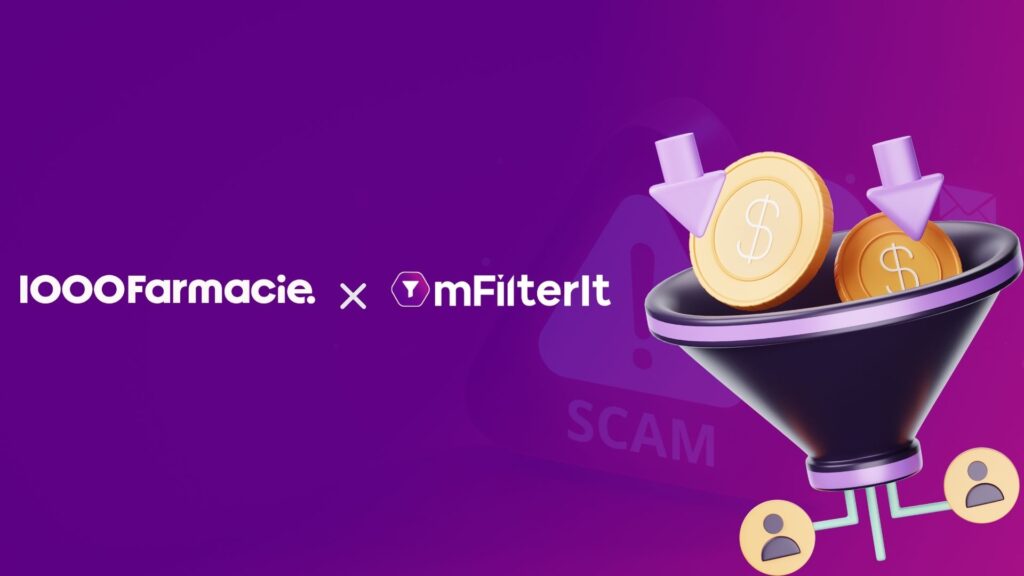In India, we only have approximately 3% of iOS users. However, it is expected that Google will also eventually follow the pursuit taking away the monetization layer from the OEMs.
ATT or App Tracking Transparency has already started nightmares in the advertising industry, especially performance marketing globally. The US, ME and other major markets of Apple have already become challenging for ad platforms and app publishers. In India, it’s not a big issue as we have a substantially lower iOS base with an overwhelming majority on Google Android. However, it’s not something that the smartphone OEM must ignore.
The Centre of ATT implementation by Apple is that if a user doesn’t opt for tracking of a particular app, the app makers won’t be able to get a lot of information. It starts with IDFA (Identifier for Advertisers) and mandates that app makers cannot use other data such as web browser configurations and properties, user location, user network connection, among others which further reduces the risk of app fraud. This takes off the power of any app to uniquely identify a user, which means it cannot point to very targeted and personalized ads.
While the privacy of a user remains at the core of this decision, it also allows Apple to ‘monopolies’ control over personalized advertising. Apple would not be dependent on app-level to get the personal attributes of a user. This will take the user journey back to Appstore giving Apple greater control over how it wants its user to discover content including apps. This means instead of apps being able to take advertising campaign calls directly, they will have to route through Apple.
Globally, we are seeing a paradigm shift. Everyone in the value chain is realizing that sustainable monetization remains in advertising. So, whosoever, controls it makes the most out of it. For instance, airtel has also forayed into advertising recently. Though subscriptions for content are growing, they will hit a plateau very quickly, meaning expansion of the base beyond a point can only be through ad-supported content.
This will change the way users are discovering content at the moment where OS doesn’t have much play. So, when a user gets into Netflix, iOS or Android doesn’t have any control over what content should be served. This also means they are blank about the ads that could be relevant.
Google has mostly followed iOS in every possible journey. There is no doubt Android will also not bring in this change. It has already been enabling users to control permissions since Android 6.0. The more a user can define what to allow and whatnot, the lesser will be the visibility of an app about the user.
The Indian smartphone ecosystem needs to act now. To create a system that can help them monetize through advertising and other services where personalization is the key, smartphone OEMs need to create a common currency, which strikes a balance between privacy and personalization. This cannot however be done by the OEMs alone. It must involve other partners, especially the chipset makers. Together they can create a system that can give control to the OEMs so that they aren’t able to lose the opportunity of personalized advertising.
We all know how stressed the smartphone OEM industry is going financially. Even after being in the Indian market for over 6-7 years, many of them are yet to register profits. The rising competition, heavy marketing costs, unfavourable duty structure, increasing component cost, are all making the profit margins wafer-thin for the industry. It is very important for the incumbents like Samsung as well as young brands like Realme, and all in between, to leverage advertising opportunities.
However, for this they shall have to prepare themselves, perhaps jointly, to be able to create a controlling, balanced mechanism that strikes a chord between privacy and personalization. Otherwise, they are going to be caught unaware when Google will also follow the path. It has already begun its cookie less endeavor, and, in all realistic probability, it will follow iOS in ATT as well. That will be catastrophic for the smartphone OEMs on Android, which other than Apple, everyone is.
We at mFilterIt have come up with a framework on this issue that will give greater control to OEMs so that they become the most trusted partners in the advertising value chain and advertisers confidently and preferentially spend through them. While we have initiated the process, I will be very happy to discuss this with a larger smartphone OEM ecosystem. After all, we are committed to ‘Adding TRUST to digital’.









